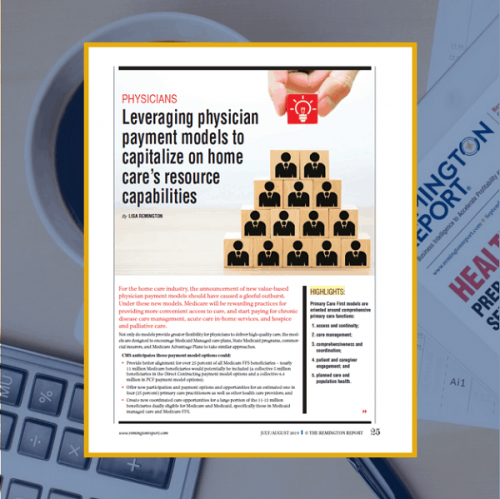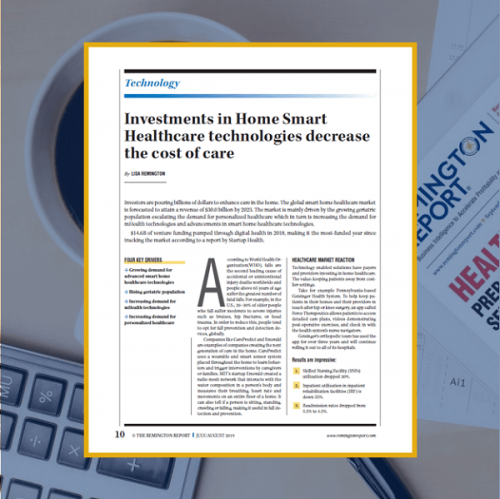-
 The Office of Inspector General (OIG) of the U.S. Department of Health and Human Services (HHS), the primary enforcer of fraud and abuse prohibitions, has issued its annual recommendations that, if implemented, will likely affect HHS programs positively in terms of cost savings, program effectiveness and efficiency, and public health and safety. This article is free to 1-Year Classic and 2-Year Premium subscribers.
The Office of Inspector General (OIG) of the U.S. Department of Health and Human Services (HHS), the primary enforcer of fraud and abuse prohibitions, has issued its annual recommendations that, if implemented, will likely affect HHS programs positively in terms of cost savings, program effectiveness and efficiency, and public health and safety. This article is free to 1-Year Classic and 2-Year Premium subscribers. -
 The first two years of the Comprehensive Care for Joint Replacement (CJR) saved Medicare more than?$1,00 per episode. CJR, a five-year Medicare program rolled out in 2016, pays participating?hospitals for hip and knee replacements by episode of care: from admission to 90 days post discharge. This article is free to 1-Year Classic and 2-Year Premium subscribers.
The first two years of the Comprehensive Care for Joint Replacement (CJR) saved Medicare more than?$1,00 per episode. CJR, a five-year Medicare program rolled out in 2016, pays participating?hospitals for hip and knee replacements by episode of care: from admission to 90 days post discharge. This article is free to 1-Year Classic and 2-Year Premium subscribers. -
 For the home care industry, the announcement of new value-based physician payment models should have caused a gleeful outburst. Under these new models, Medicare will be rewarding practices for providing more convenient access to care, and start paying for chronic disease care management, acute care in-home services, and hospice and palliative care. This article is free to 1-Year Classic and 2-Year Premium subscribers.
For the home care industry, the announcement of new value-based physician payment models should have caused a gleeful outburst. Under these new models, Medicare will be rewarding practices for providing more convenient access to care, and start paying for chronic disease care management, acute care in-home services, and hospice and palliative care. This article is free to 1-Year Classic and 2-Year Premium subscribers. -
 Investors are pouring billions of dollars to enhance care in the home. The global smart home healthcare market is forecasted to attain a revenue of $30.0 billion by 2023. The market is mainly driven by the growing geriatric population escalating the demand for personalized healthcare which in turn is increasing the demand for mHealth technologies and advancements in smart home healthcare technologies. This article is free to 1-Year Classic and 2-Year Premium subscribers.
Investors are pouring billions of dollars to enhance care in the home. The global smart home healthcare market is forecasted to attain a revenue of $30.0 billion by 2023. The market is mainly driven by the growing geriatric population escalating the demand for personalized healthcare which in turn is increasing the demand for mHealth technologies and advancements in smart home healthcare technologies. This article is free to 1-Year Classic and 2-Year Premium subscribers.








